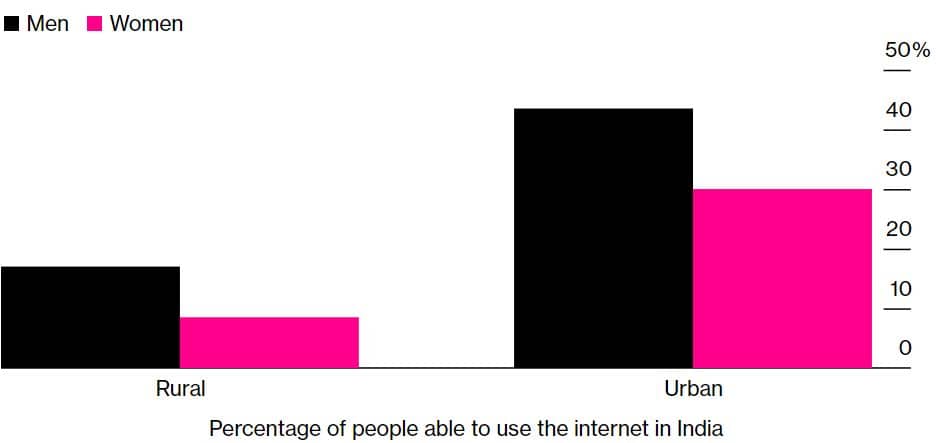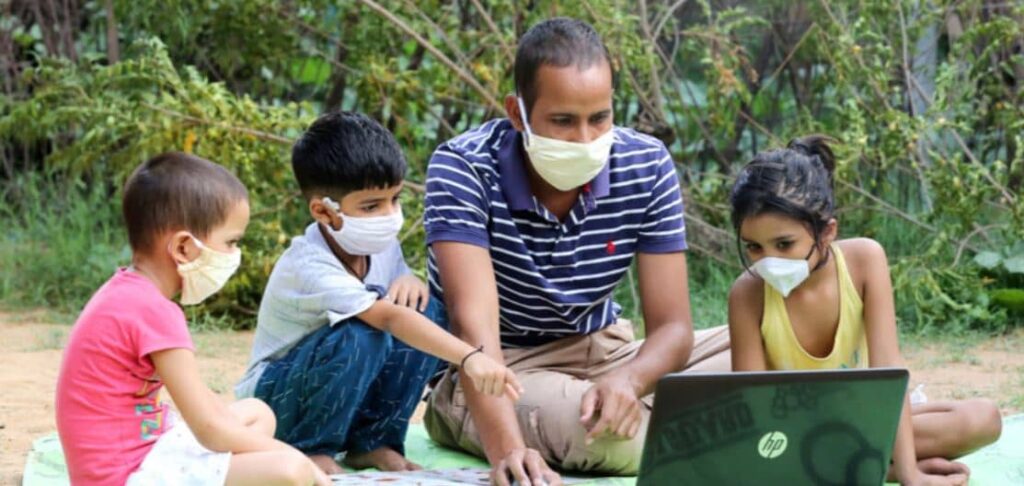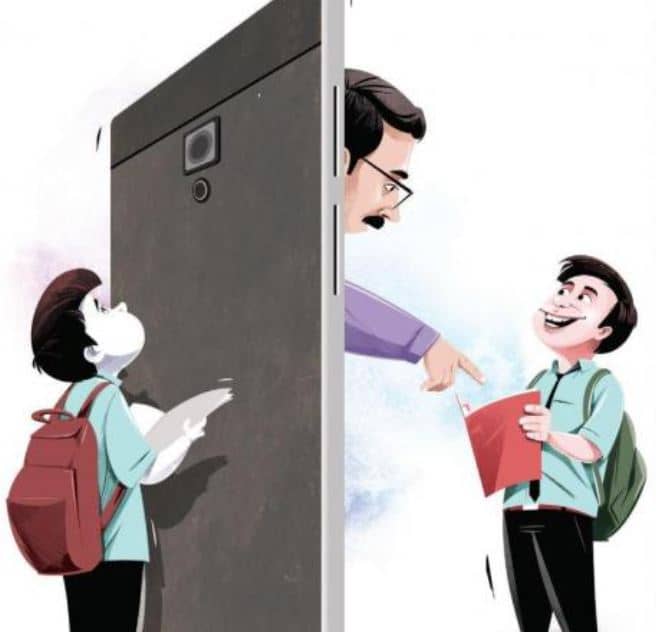“Education is not preparation for life; education is life itself”
– John Dewey
The COVID-19 pandemic has thrown the world into a state of turbulence. Lockdowns and online classes have become the new normal, and governments worldwide have been in a frenzy trying to come up with a blueprint for this crazy, out-of-the-world situation. The world has been focused on lives and livelihood. Vaccination and health. Amidst all of this, education has been placed on the back burner, only to be taken off periodically in time for major exams.
Now with the vaccination drive gaining momentum, the focus has finally shifted to education. As India plans to open schools and colleges, it is extremely important to have a national plan in place that should be created learning from the experiences that other countries have faced as they opened their educational institutions. In addition to all of this, the government should also keep in mind India’s population.
Unlike, many other smaller countries, it is next to impossible for the country to vaccinate 80-90% of the population within this calendar year. This can result in the loss of yet another academic year for students who do not have access to digital learning. It is for this reason that different strategies need to be in place for the urban and rural schools, keeping in mind each group’s economic conditions and resources.

While inoculations have been opened up for everyone above 18, we need to put special focus on immunizations for the teaching staff, particularly in the rural parts of India. Tragically, a large number of teachers became victims of the Coronavirus and a considerable lot of them capitulated to the illness. There is a high chance of the third wave striking after the reopening of schools and colleges. If the teaching staff is not vaccinated by then, they will be at high risk of infection.
According to the Ministry of Statistics and Programme Implementation, there are around 3 million teachers and 1.3 million school and college instructors in India. Adding the other staff who have direct contact with the students, around 6 million schooling area workers should be immunized. Large numbers of them have been inoculated already, particularly in metropolitan regions. We should zero in on inoculating school and college instructors in rural India.

As soon as all the teachers have been inoculated, actual classes for Class XI-XII ought to be opened. A tried and tested model for this has been adopted by various countries across the world. Morning class for eleventh graders and evening classes for those in Class XII can begin with 50% going to class for five days seven days (Monday to Friday), in the first and third week, and the other 50% in weeks two and four.
Schools that can conduct online classes for all students should continue with the same and only re-open when the complete student and teacher population in their institution is vaccinated.
Concerning primary school, middle school, and secondary school it is significant that at this particular phase of their lives, kids in government schools and rural schools have actual classes as not only do they not have access to electronics for online classes, most don’t know how to navigate around them for assignments and classes. Younger kids in rural India are now missing mid-day meals, access to clean and hygienic washrooms, and many other facilities that come with their schooling.
What is required is a mix of specific and general vaccination drives couples with the controlled and phased opening of schools and universities with a constant evaluation of Covid-19 cases.

Finally, we need to further develop our health infrastructure. We need to put distance between us and work on minimizing the digital divide. WiFi needs to be made available for all schools and colleges irrespective of their location. There needs to be strategizing on ways that need to be implemented to make learning easy and accessible for all. A way to do so is by using community centers with fast WiFi networks.
It is important to remember that education is an essential activity and ignoring the schooling of a majority of students will have numerous long-term implications that will be hard to offset in the future. The digital divide caused by the pandemic can lead to a gaping hole in the nation’s literacy rate and needs to be minimized as soon as possible or else there is a very real chance that we could lose a whole generation of smart and innovative kids who might have, offered an equivalent chance, added to the country’s economy efficiently and effectively.
Written by- Aditi Dixit
Edited by- Ginia Chatterjee
